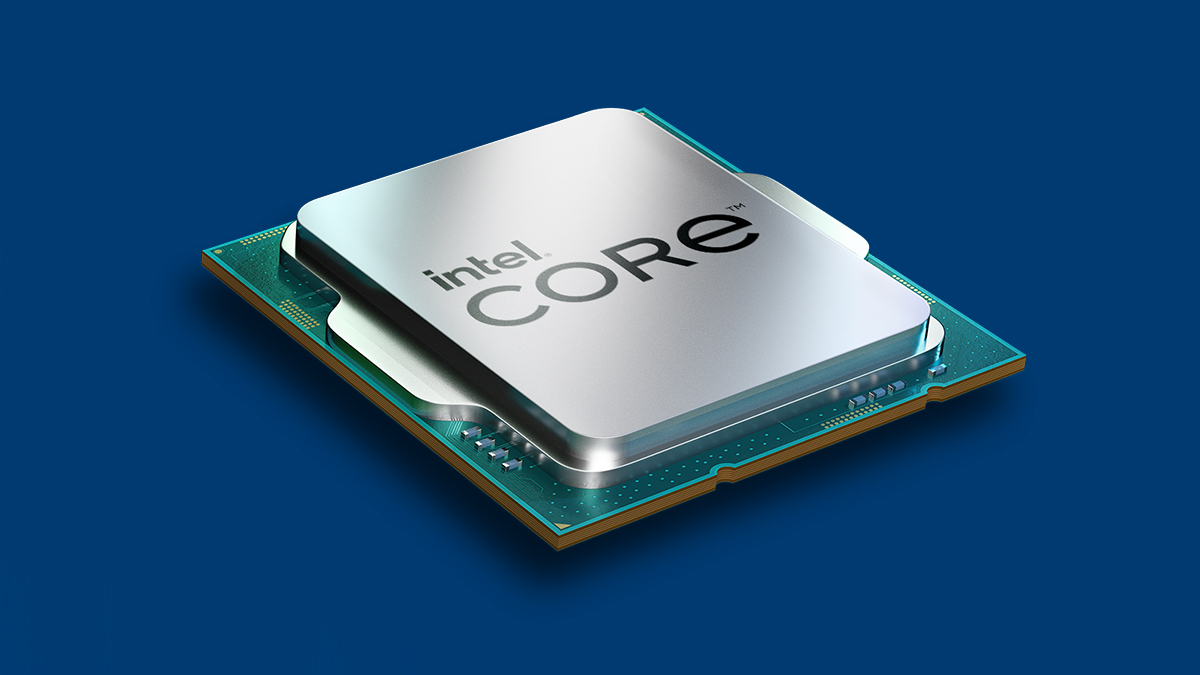Barely a month after AMD announced their new Ryzen 7000 series processors—and just hours after they became officially available in Malaysia—Intel would strike back, revealing to the world their 13th Gen Intel Cor processors, codenamed Raptor Lake. Overall, Team Blue is bringing some pretty significant improvements across the board to match AMD in the desktop scene, including the Core i9-13900K which Intel says is the ‘world’s fastest desktop processor’.

Let’s first talk about the underlying architecture behind Raptor Lake first. It comes with a 3rd generation Intel 7 process with better channel mobility, faster Raptor Cove performance cores that provide improved speed paths and a larger L2 cache too. There’s also support for faster DDR5 memory and more efficiency cores all around to offer up to 15% better single threaded performance and up to 41% better multi threaded performance. Intel is also claiming a similar performance at just a quarter of the power usage with these new processors.


Of the new processors, the big star of the show is of course the Intel Core i9-13900K. When AMD showed off the Ryzen 9 7950X recently, it came with boost clocks of up to 5.7GHz. Intel has just gone and one-upped it with the Core i9-13900K, which packs eight performance cores with a 3.0GHz base clock that are able to boost up to 5.8GHz. There’s also 16 efficiency cores running at 2.2GHz base clock and up to 4.3GHz boost clocks, with 32 threads overall.

On top of that, the Core i9-13900K has 36MB of L3 cache, has an Intel UHD 770 integrated graphics onboard and supports up to 128GB of DDR5-5600 memory with support for DDR4 too. The Core i9-13900K does have a hefty max turbo power rating of 253W though. Intel claims you can expect up to 24% better gaming performance and up to 34% faster creator workflow with the Core i9-13900K, though curiously Intel’s early benchmarks only put it against the Ryzen 5000 series processors, and is even beaten by the Ryzen 7 5800X3D in certain games. As for content creation though, Intel’s benchmarks claim a healthy lead over both the AMD Ryzen 9 5950X and the Core i9-12900K.


Sitting below that meanwhile is the Intel Core i7-13700K. It packs eight performance cores and eight efficiency cores, with base clocks at 3.4GHz and 2.5GHz respectively, boosting to up to 5.4GHz and up to 4.2GHz. It has 24 threads, 30MB of L3 cache, onboard Intel UHD 770 integrated graphics and supports up to 128GB of DDR5-5600 memory and DDR4 memory too. It too however has the same base power and max turbo power rating as the Core i9 at up to 253W, a significant increase in power draw compared to the 190W of the Core i7-12700K.

Lastly, we have the more mainstream Intel Core i5-13600K. It has six performance cores and eight efficiency cores with 20 threads, running at 3.5GHz base for the P-cores boosting to 5.1GHz, while the E-cores run at 2.6GHz base boosting to 3.9GHz. There’s 24MB of L3 cache, Intel UHD 770 integrated graphics, support for up to 128GB of DDR5-5600 and DDR4 memory, and a lower max turbo power rating of 181W. Each of these three processors will also be available without integrated graphics under the KS line.

As for pricing and availability, the Core i9-13900K will go for USD589 (~RM2,720.59), the same price tag as last year’s Core i9-12900K. Similarly, the Core i7-13700K is also priced identically to last year’s Core i7-12700K at USD409 (~RM1,889.17), with only the Core i5-13600K getting a price increase to USD319 (~RM1,473.46), up from the USD289 price tag of the Core i5-12600K. All of the KF models meanwhile are priced USD20 below their K model counterpart. They’ll be available for purchase starting from 20 October onwards.

The new processors will work with existing 600 series motherboards as well as the new 700 series chipsets too. Right now, only the Z790 motherboards for enthusiasts have been announced, with the mainstream and entry-level B-series and H-series motherboards for the 700 chipset coming once the rest of the Raptor Lake lineup is revealed. Overall, the 700 series chipset increases the PCIe 4.0 lanes to 20, up from 12 on 600 series motherboards. It also comes with support for an additional USB 3.2 Gen2x2 20Gbps port, up to five compared to four on the 600 series.








